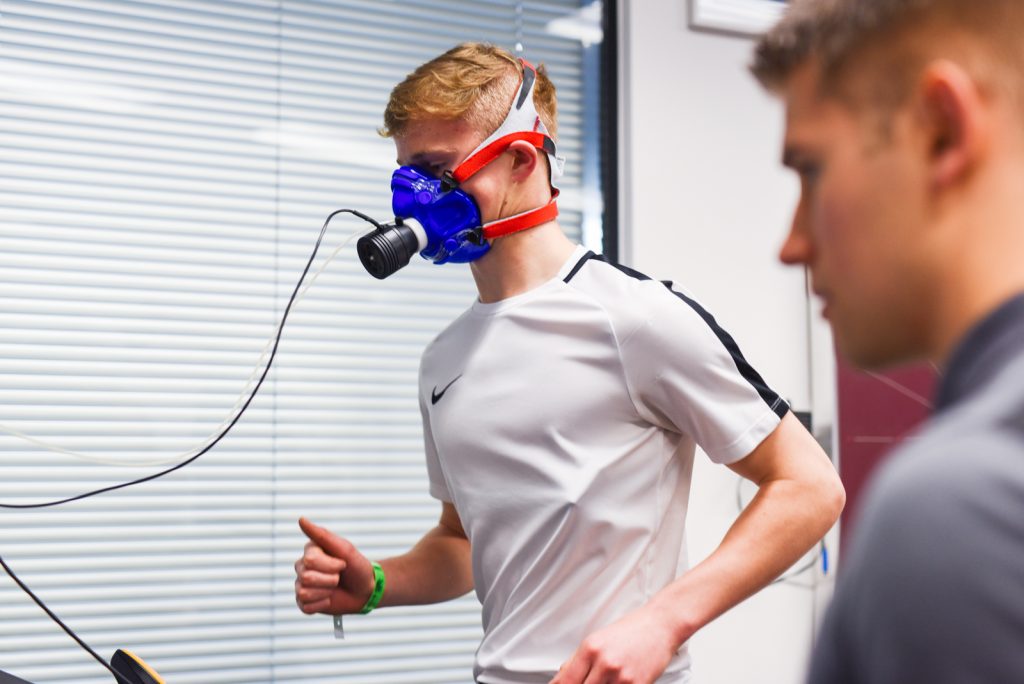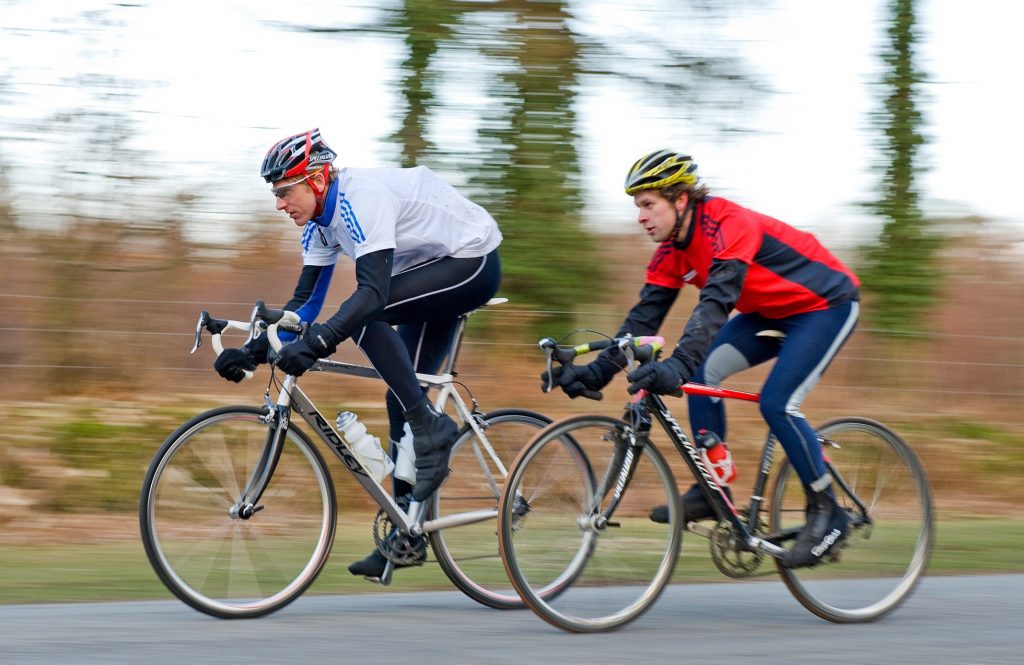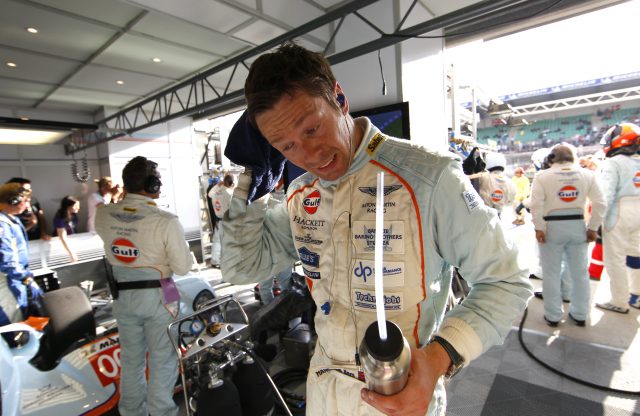WORDS: SAM HANCOCK | PHOTOGRAPHY: PORSCHE/ASTON MARTIN
Excerpt taken from Magneto issue 9, back issues available on our online store
At the peak of my physical preparation for the 2012 Le Mans 24 Hours, I once trained for a total of ten hours in a single day; four intense workouts of two-and-a-half hours each, with roughly four hours off in between. Starting at 3pm and finishing at approximately the same time the following afternoon, the idea was to replicate the stints I might have to drive in the race, in order to prepare both mind and body for the challenge ahead.
Psychologically, the idea was a roaring success. Having proven to myself that I could get out of bed in the dead of night to run 15 or so miles, having already swum, cycled and weight-lifted my way through similar sessions just a few hours earlier, made me feel invincible, as though I could handle anything the world’s greatest endurance race might throw at me.

Physiologically, however, it was a disaster. In my infinite wisdom I scheduled this self-annihilation just a few days before travelling to Le Mans, and I arrived with a stinking cold. So much for the fitness gains…
Nine years on, it’s hard to relate to this version of myself. The physical demands of my now predominantly Historic racing schedule are far less than those of the World Endurance Championship. It’s fair to say the training pedal has gradually lifted with each passing year, and the snug fit of my race suits confirms that I can no longer ‘get away with it’. So I have decided it’s time to get back into a proper training regimen and shed some excess ballast. But what kind of fitness does a driver require for Historic motor sport anyway?
Many of the races are short in duration, and the forces generated by older machinery are nowhere near those of contemporary kit. Does fitness even matter? It’s a reasonable question, and depends largely on your ability, the cars you drive and your race-stint lengths.

While 1950s or 1960s models, for example, might not have much adhesion by modern standards, driven properly they often require an even greater work rate at the wheel. Over a long stint this can become tiring, especially when trying to deftly balance the car on the throttle and retain a light grip on the wheel while bracing against lateral cornering loads. A few laps in a Cobra around a chilly Goodwood may be effortless, but an hour or more in the baking heat of Portimao can soon catch up with you.
Of course, some cars, some circuits, are more tiring than others. But the key is to acknowledge the subtle changes that can occur as even low levels of fatigue set in — something I witness often from the passenger seat while driver coaching.
First, the body tenses to counter the forces. Grip tightens, wrists stiffen, elbows lock, shoulders shrug and teeth grit. Inputs become less precise, more aggressive, body temperature rises and brows bead. Soon, mistakes appear as if from nowhere, pace slows and frustration sets in. This further increases the mental overload, and physical fatigue quickly follows. It’s a vicious circle.
Inexperienced drivers are, of course, more susceptible to this than old hands, who use far less of their mental capacity to keep a car on the road. But while a seasoned racer may get away with a lack of athleticism in some Historic categories, there are plenty of other classes that will test even a decorated champion.

Historic Fl, Group C and relatively modern Endurance Legends cars, for example, can all be extremely physical if driven to their limits. High downforce, huge mechanical grip and, for the sports cars at least, the hot, closed cockpits, all place significant demands on the driver.
Slowing the pace a little can dramatically reduce the forces, but who wants to do that? The ill- prepared, however, may eventually have no choice. Unable to cope with the cornering loads during a long race, the hips start twisting, knees lean excessively, the steering loads up and, sooner or later, the neck gives in. Easing off offers the only respite. So, how to avoid such pace-sapping fate? Well, dusting off my old training diaries, I can summarise thus:
To prepare most drivers for just about anything Historic competition is likely to throw at them, a primary foundation of cardiovascular fitness — complemented by a strong core, excellent flexibility and, where necessary, a conditioned neck — is necessary. It doesn’t really matter how you achieve this — running, cycling, swimming, whatever — as long as you focus on endurance over speed or brute strength. You don’t need to dead-lift twice your bodyweight, nor run 100 metres in 12 seconds. You just need to be able to keep your heart rate down while at the wheel, such that the brain remains able to compute the high-speed scenery unfolding ahead.
I used to wear a heart-rate monitor while racing, and at my fittest I remember averaging about 125bpm over a two-hour stint in a prototype. These days, I’d be happy with anything under 150bpm.
Now, where did I put my trainers?
Excerpt taken from Magneto issue 9, back issues available on our online store




